The choice of golf ball may seem straightforward, but it requires careful consideration, depending on a golfer’s skill level. Most beginners will often settle for any golf ball since it can be hard to notice the fine distinctions between them. However, experienced players understand that the type of golf ball they use can drastically affect their performance.
As a seller looking to excel in the golf ball market, you need to recognize the nuanced preferences and diverse needs of different players. Understanding these distinctions is not just about stocking a variety of balls; it involves an in-depth knowledge of how specific ball characteristics cater to different skill levels and styles of play.
This guide will simplify the golf ball selection process to help sellers stock the right varieties in 2024.
Table of Contents
Golf ball market overview
Types of golf balls
Key factors to consider when selecting golf balls for your business
Conclusion
Golf ball market overview
The golf ball market has been experiencing significant growth over the years. In 2022, it was valued at US $1,046.2 million, according to Market.us, and is projected to grow at a compound annual growth rate (CAGR) of 2.7% to US $1,356.6 million by 2032.
Golf’s rising popularity is behind this remarkable growth, with a growing interest amoung younger individuals thanks to its adaptability and inclusivity. This shift in demographics presents an opportunity for sports businesses to overhaul their stock and tap into the golf ball market.
Types of golf balls
There are a number of ways that gold balls are classified, including by their construction style, spin, or compression. Below, we’ll detail each.
Construction-based categorization
This category is based on the physical construction of the golf ball, and includes:
● One-piece golf balls

One-piece golf balls are made from a single solid piece of material, such as resin. They are much harder than multiple-piece balls, making them exceptionally durable and resistant to wear and tear, which is why they’re the variety you’ll most often find at mini-golf courses.
According to Google Ads, the global average monthly search for one-piece golf balls increased by 7.83% in the past year.
● Two-piece golf balls
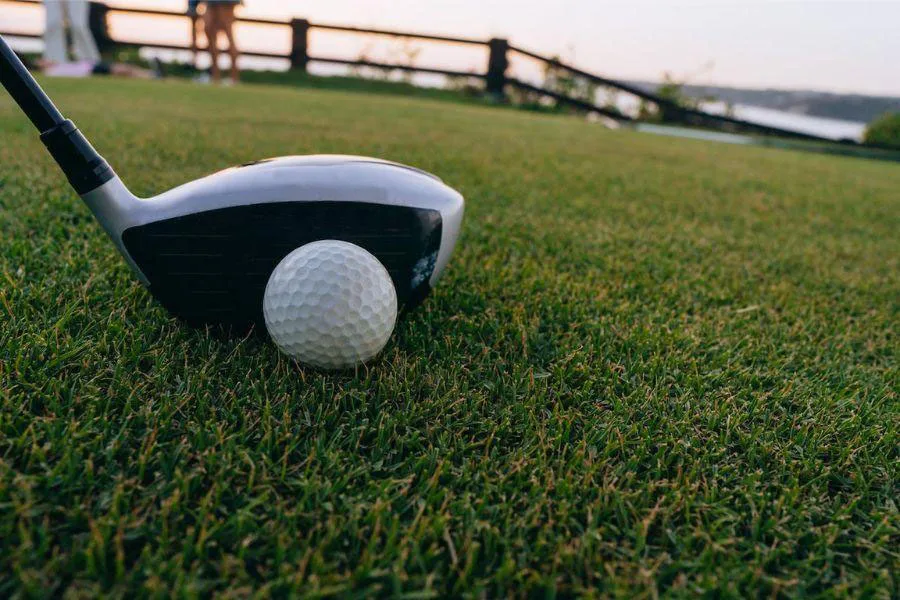
Two-piece golf balls are more common than one-piece options. Their outer layer is made of resin or urethane, while the core is composed of solid rubber. This construction ensures the ball flies straighter and spins less.
According to Google Ads, the global average monthly search for two-piece balls increased by 7.92% in the past year.
● Three-piece golf balls
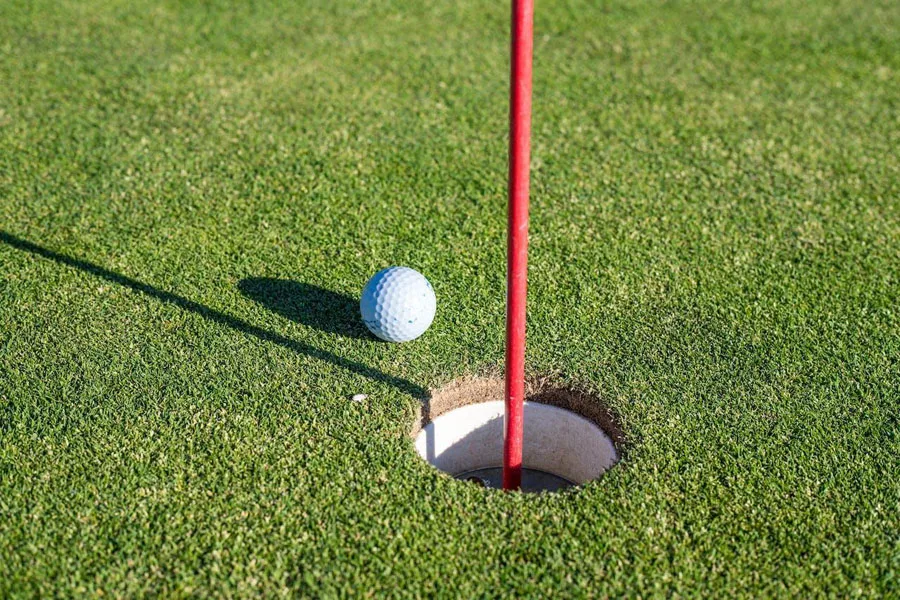
Three-piece golf balls feature urethane on the outside and rubber threads around the core and mantle. This construction strikes a balance between grip, distance, and control. Consequently, they’re perfect for mid-skilled golfers who prioritize spin control.
Google Ads stats recorded a 7.83% increase in global average monthly searches for three-piece balls in the past year.
● Four-piece golf balls
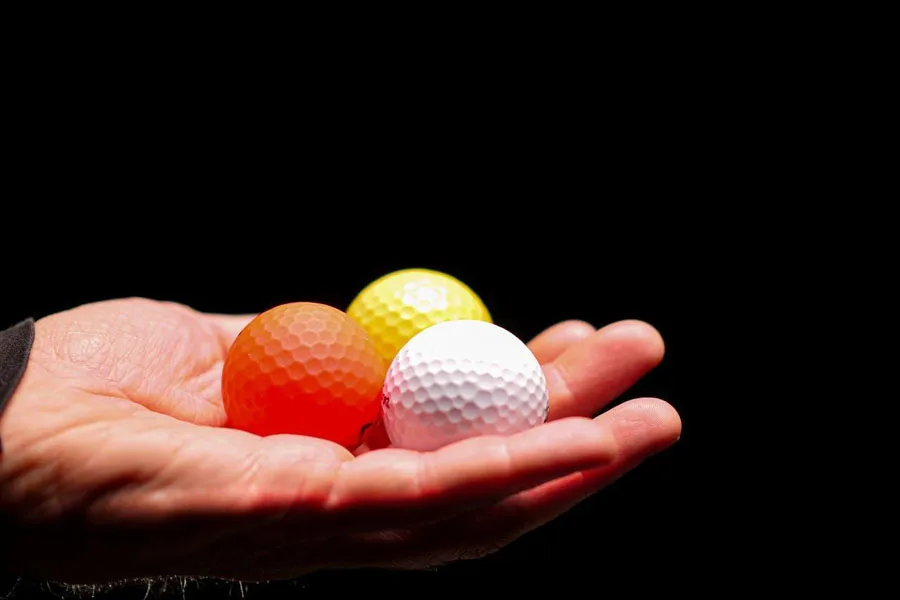
Four-piece golf balls consist of four layers: a core consisting of rubber or synthetic material that gives the ball its bounce and an outer layer made of firmer material like urethane for durability and feel. These golf balls are popular among professional golfers who want more precise shots.
According to Google Ads, average monthly searches for four-piece golf balls increased by 7.83% in the past year.
● Five-piece golf balls
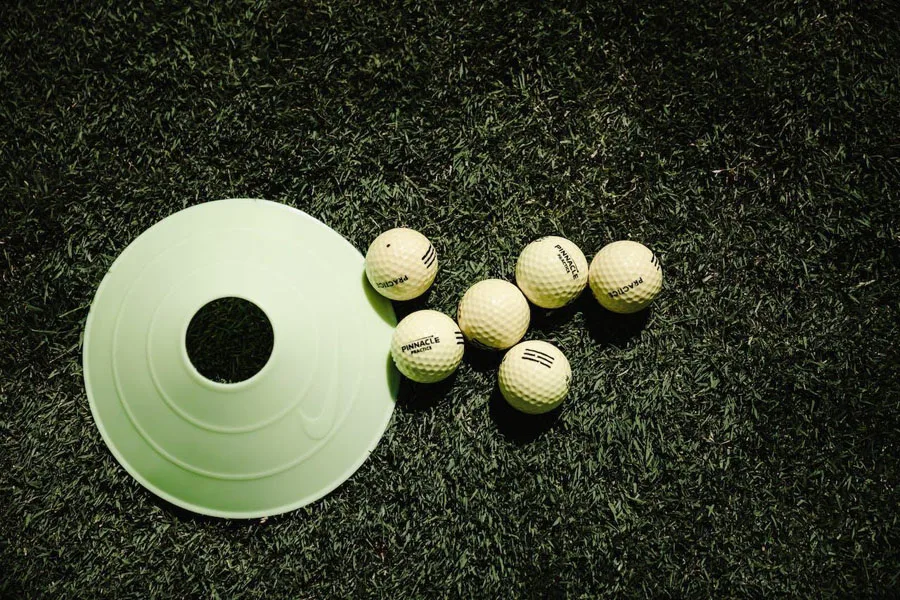
Five-piece golf balls feature five layers, each with unique construction material. The three mantle layers are covered by urethane, while a soft synthetic rubber surrounds the synthetic rubber core.
Five-piece golf balls are becoming increasingly popular among golfers who require more speed and increased spin when using longer irons. Google Ads stats show a 7.75% increase in average monthly searches for five-piece balls in the past year.
Spin-based categorization
This category divides golf balls by their spin style, which determines a golfer’s ability to control the ball’s direction and distance.
Below are the three main types of golf balls that fall under this classification:
● Low-spin golf balls
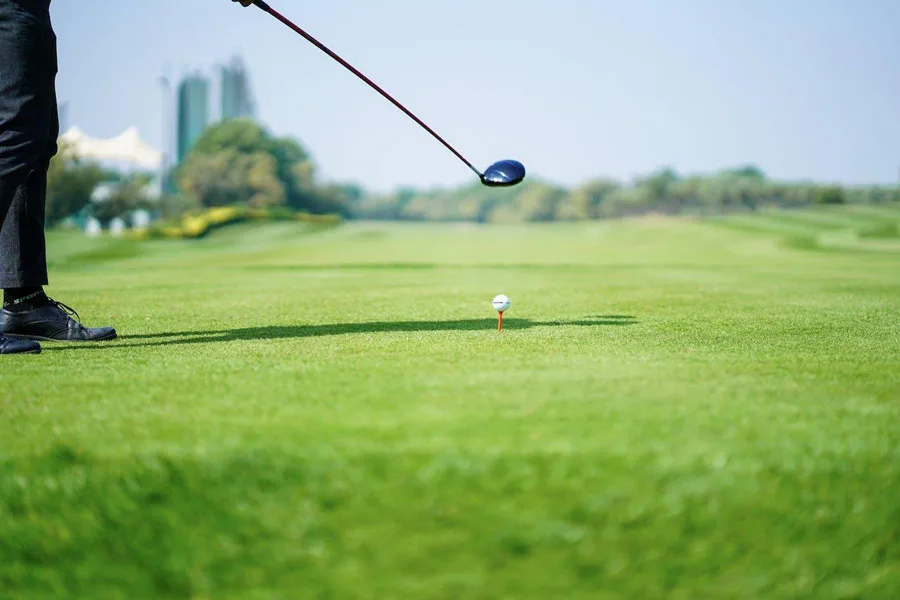
Low-spin golf balls blend high launch and low spin. The former increases the carry distance while the latter reduces curving in the air. This combination should help the golfer to achieve straighter and longer shots off the golf tee.
According to Google Ads, average monthly searches for low-spin golf balls increased by 8% in the past year.
● Mid-spin golf balls

Mid-spin golf balls provide a balance between low and high-spin golf ball properties. For instance, they have a moderate spin level for proper ball control to allow golfers to shape their shots with an accuracy level that suits their playing style.
Their popularity is evidenced by a 7.5% increase in average monthly searches in the past year, according to Google Ads.
● High-spin golf balls
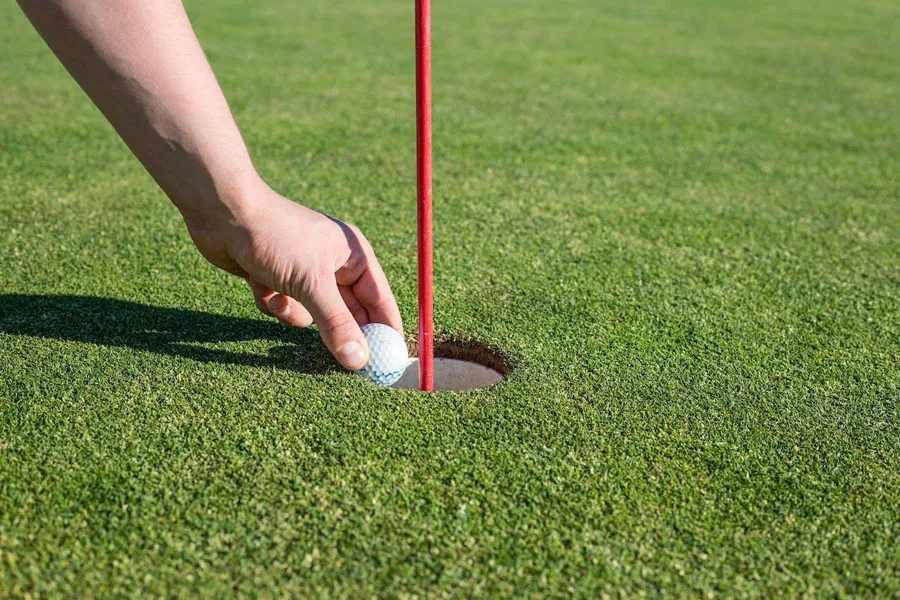
High-spin golf balls are multilayered and have a urethane finish on the outside. In addition, they have a high launch angle for a faster descent and more precise stopping. These balls are considered more “high-end” and are perfect for precision golfers.
High-spin golf balls are the most popular type of ball among the three options in this category, and their popularity continues to grow. According to Google Ads, average monthly searches for high-spin golf balls in the past year increased by 7.83%. Stocking these products allows business owners to take advantage of their continued demand, increasing sales and establishing a reliable customer base.
Compression-based categorization
This category classifies golf balls based on their compression rating. A compression rating is the degree to which the ball compresses when struck by a club.
Their are two main classifications in this category:
● Lower-compression golf balls

Lower-compression golf balls have soft cores for increased compression. This increases the distance that they can travel, benefiting golfers with weaker swings. Generally, the design of these balls enhances playability.
Average monthly searches in the past year for lower-compression golf balls increased by 8.08%.
● Higher-compression golf balls
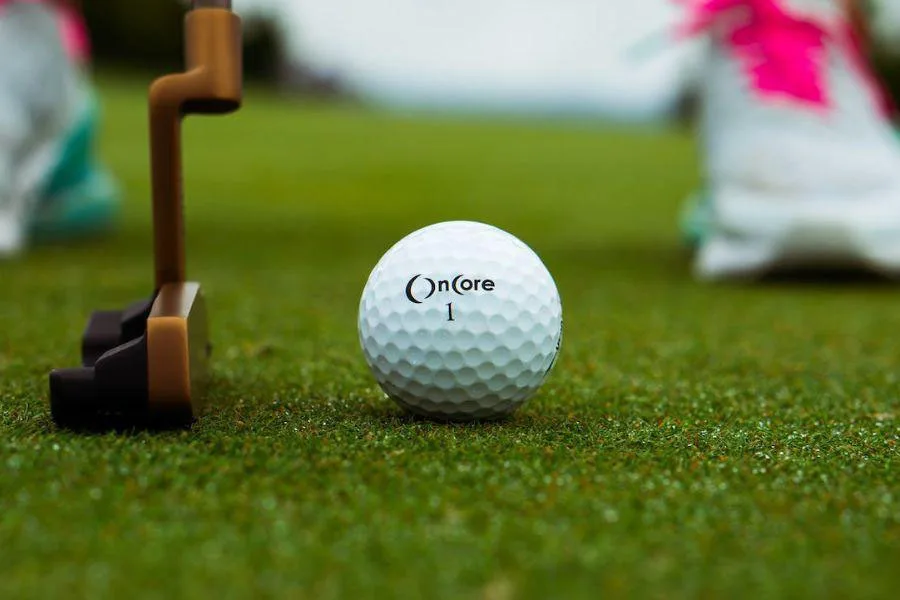
Higher-compression golf balls feature firmer cores for maximum energy transfer, resulting in faster swing speeds. The higher compression also increases precision, resulting in more accurate shots.
According to Google Ads, the global average monthly search for higher-compression golf balls in the past year increased by 7.83%.
Key factors to consider when selecting golf balls for your business
Target audience
Understanding your target audience should be the first step when stocking golf balls. Get to know their specific preferences, playing styles, and skill levels. Does your customer base consist of beginners, casual players, or experienced golfers? If the answer is all of the above, offer a selection that caters to a broader customer base.
Performance and technology
Each golf ball has a unique construction that affects its performance. As a seller, you must understand the differences between two-piece, multi-layer, and performance balls. You also need to know how golf ball compression and spin affect a golfer’s performance. This way, you’ll stock products that cater to different golfer profiles.
Brand and quality
A brand’s reputation should be the top consideration when stocking golf balls. Ideally, you want to align your business with well-established brands that are known for their quality. You can consider customer reviews from top ecommerce sites like Alibaba.com to select options from the most reputable brands.
Pricing strategy
Pricing differs between different types and levels of golf balls. Some golfers may have a strict budget, while others may be willing to spend more on high-end golf balls. As a seller, offer different price points to cater to these diverse buyers.
After-sales support
Customer satisfaction is another crucial factor to consider. It ensures that your customers feel valued and appreciated even after their purchase. Provide a clear return policy and establish a hassle-free process for handling returns or exchanges.
Conclusion
The golf ball market has seen remarkable growth over the years and continues to grow to meet increasingly dynamic and diverse customer preferences. Businesses must stay adaptable to navigate this market, stocking products that cater to the needs of a broad customer base. Sellers must therefore understand the unique traits of different golf ball types and ensure there’s something for everyone in their inventory.
For a massive range of golf balls and other golf equipment, visit Alibaba.com.




